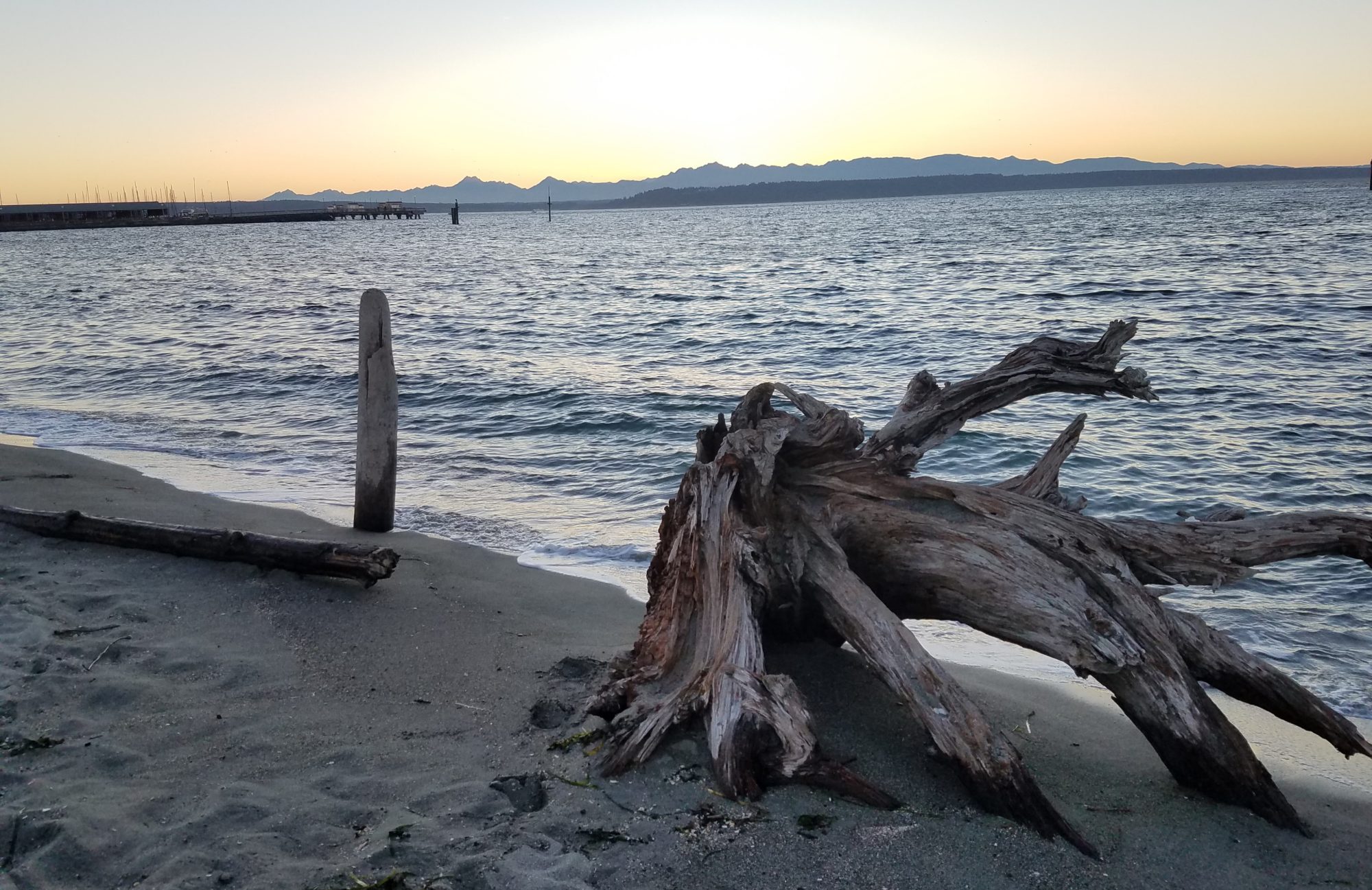This comes from Father Richard Rohr’s blog and shares the practice of Lectio Divina.
NOTE: If you are triggered by the words “Christ” or “Christian” feel empowered to substitute any name for the Divine and any practice of Spirituality as you try this profound practice. For instance, you might change it to say, “Any mature mystical seeker sees the Divine in everything and everyone else.”
Practice: Lectio Divina
Lectio divina (Latin for sacred reading) is a contemplative way of reading, praying, and taking a long, loving look at Scripture or some other text. In lectio divina, God teaches us to listen for and seek God’s presence in silence. The text for this lectio practice is from my book The Universal Christ:
“A mature Christian sees Christ in everything and everyone else.” [1]
With the first reading, allow yourself to settle in to the exercise and familiarize yourself with the words. Read the text out loud, very slowly and clearly. Pause for a breath or two before moving on.
For the second reading, listen from a centered heart space and notice any word or phrase that stands out to you.
After a few moments of silence, read the text a third time, reflecting on how this word or phrase is connected to your current life experience. Take a minute to linger over this word or phrase, to focus on it until it engages your body, your heart, your awareness of the physical [and unseen] world around you.
You may want to speak a response aloud or write something in your journal.
For the final reading, respond with a prayer or expression of what you have experienced, inviting the infinite wisdom of God to support you in places of unknowing, confusion, desire, or hope.
Leading in with the quotation below, practice a contemplative sit. You may wish to set a timer or digital prayer bell for 5, 10, or 20 minutes, so that you know when to finish.
Seat yourself in a quiet area. Once you are settled, read the passage aloud again:
“A mature Christian sees Christ in everything and everyone else.”
Notice any tightness in your shoulders and neck and allow any tension in your muscles to relax.
Allow your back to rest in an aligned, neutral position.
Ground yourself and allow your breathing to settle. Then read the following aloud:
I am not trying to “achieve” anything. (Pause) There are no goals. (Pause) I am simply becoming aware of this moment. (Pause) Becoming aware of my presence in this moment. (Pause) As I notice any distractions, thoughts, judgments, decisions, ideas that cross my mind, I let them go for now (Pause), focusing instead on my moment-by-moment experience of being present to What Is. (Pause) God’s Presence. (Pause) The Larger Field. (Pause) En Cristo. (Pause)
Ring a prayer bell to indicate that the contemplative sit has begun.
[1] Richard Rohr, The Universal Christ: How a Forgotten Reality Can Change Everything We See, Hope For, and Believe (Convergent: 2019), 33.
Adapted from Richard Rohr, The Universal Christ: Companion Guide for Groups (CAC Publishing: 2019), 23–24, 25, 172.
